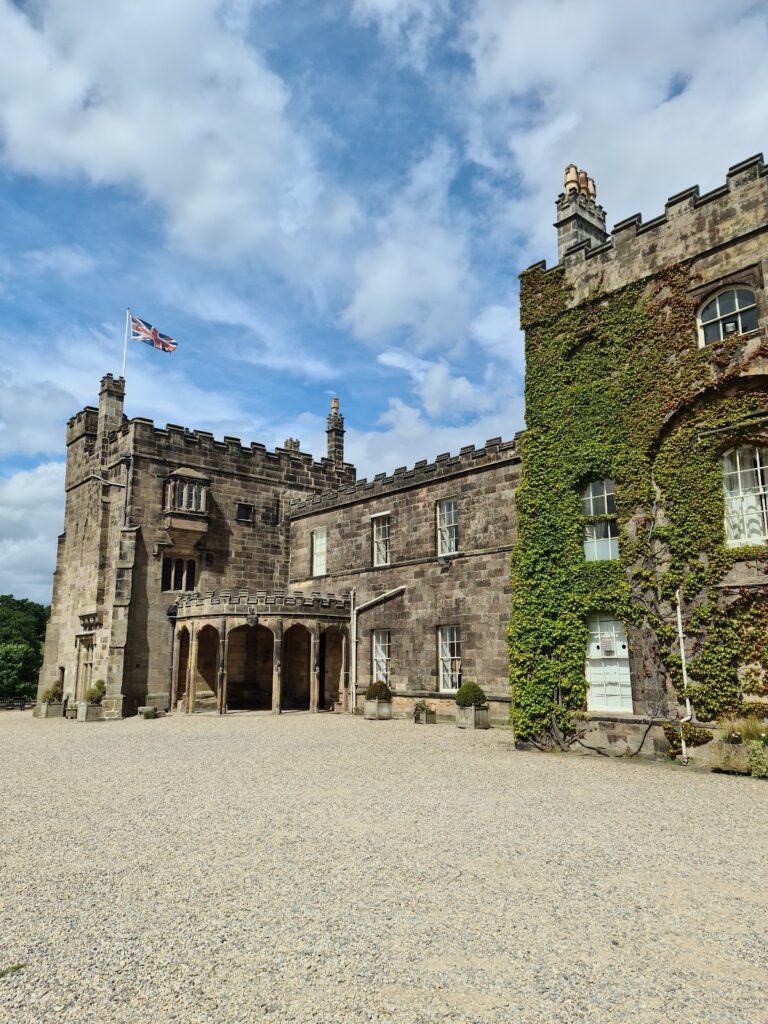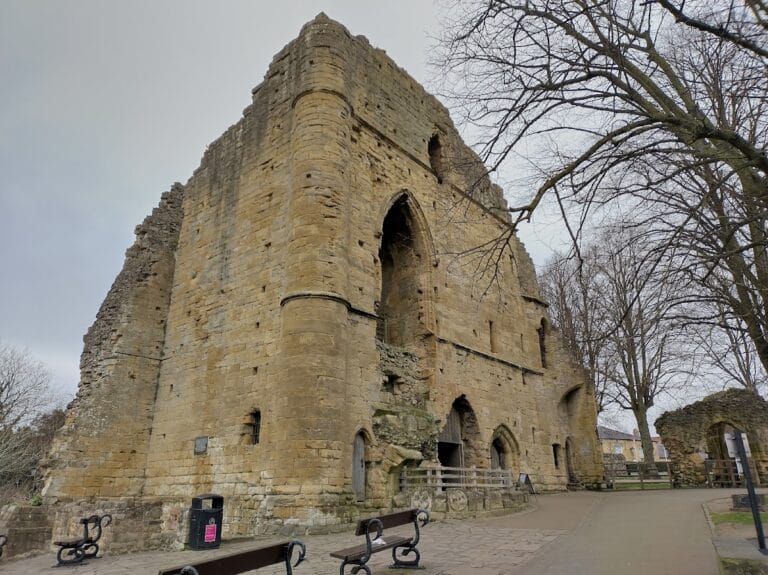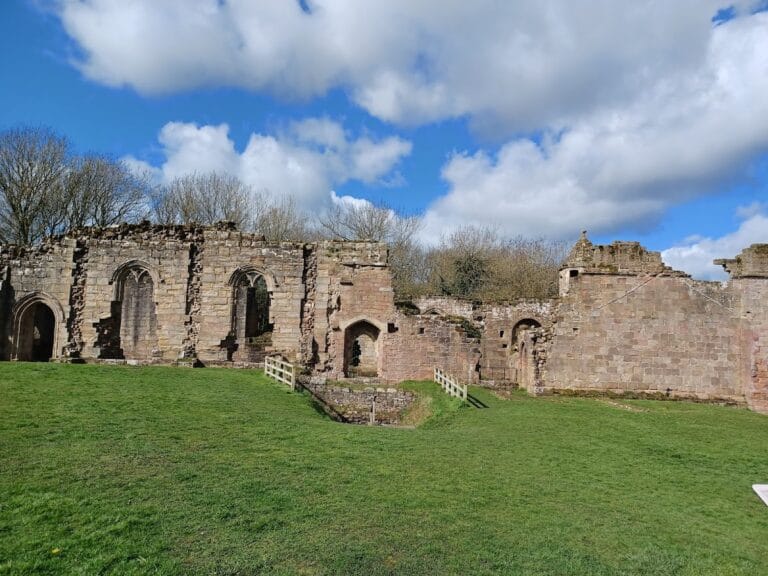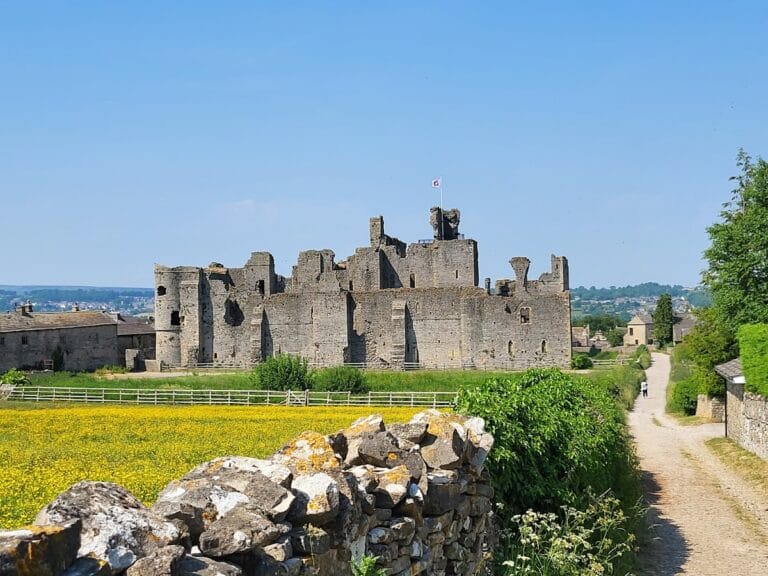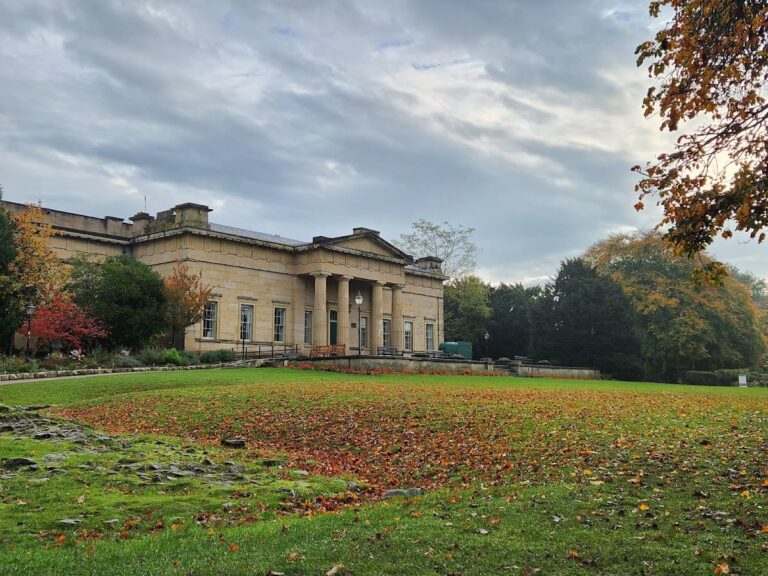Ripley Castle: A Historic English Estate in Harrogate
Visitor Information
Google Rating: 4.5
Popularity: Medium
Google Maps: View on Google Maps
Official Website: www.ripleycastle.co.uk
Country: United Kingdom
Civilization: Unclassified
Remains: Military
History
Ripley Castle, located in Ripley, Harrogate, England, was established in the 14th century by the Ingilby family, an English lineage that has maintained a connection to the estate for several centuries. The manor came into the family’s possession through the marriage of Sir Thomas Ingleby around 1308 or 1309, marking the beginning of the estate as the ancestral seat of the Ingilby baronets.
During the medieval period, the castle and its owners played significant roles in English history. Sir Thomas Ingleby, active from 1310 to 1369, gained renown for reportedly saving the king from a wild boar, an act for which he was knighted. In the 16th century, Sir William Ingleby, who lived between 1518 and 1578 and held the office of High Sheriff of Yorkshire, expanded the castle by adding a tower in 1548. This marked an important phase of modification reflecting the era’s architectural developments.
The estate’s history is intertwined with major political events, including the early 17th century Gunpowder Plot. In 1605, conspirators involved in this failed attempt to overthrow the government stayed at Ripley Castle. Sir William Ingleby (1546–1618) was arrested on suspicion of treason linked to this event but was subsequently acquitted. Later, during the English Civil War, Sir William Ingleby (1594–1652) aligned with King Charles I and was created a baronet in 1642. He participated in the 1644 Battle of Marston Moor and, according to tradition, concealed himself within a carefully constructed priest hole at the castle when Oliver Cromwell occupied the site overnight, demonstrating the castle’s role as a royalist stronghold.
The title of baronet associated with Ripley Castle lapsed in 1772 but was revived less than a decade later in 1781 for John Ingleby (1758–1815). John undertook a substantial rebuilding project between 1783 and 1786, guided by architect William Belwood, which modernized the estate’s structure. However, financial difficulties forced him to flee abroad by 1794. Ownership later passed to William Amcotts-Ingilby (1783–1854), who is remembered for reconstructing the village of Ripley and serving as both Member of Parliament and High Sheriff. The baronetcy experienced another revival in 1866, granted to Henry John Ingilby. The estate has remained in the family and continues under the care of the 6th Baronet, Sir Thomas Colvin William Ingilby. In recent years, the castle received significant government funds for restoration, and in 2024, plans were announced to place the castle and its estate on the market.
Remains
Ripley Castle presents a striking example of medieval and later English country house architecture, constructed chiefly from coursed squared gritstone and finely cut stone, known as ashlar. The roofs are made from natural grey slate and stone slate, materials typical of the region and period, contributing to the building’s enduring character. Its main form includes a central two-storey block that is flanked on one side by a square tower and on the other by a three-storey wing, reflecting the castle’s architectural growth over several centuries.
Approximately 80 meters to the south stands a prominent gatehouse designated as a Grade I listed building, placing it among the most historically significant structures in England. This gatehouse not only served as an imposing entrance but also symbolized the status of the estate. The surrounding grounds contain two Grade II listed weirs built across Ripley Beck, connected by bridges which are also recognized for their historical value. These elements highlight the estate’s relationship to the natural watercourse and historic land management.
To the east of the central castle lies an expansive outer courtyard. Historically, this open area functioned for practical uses such as storage, stabling animals, and housing various outbuildings. Today, the courtyard accommodates residential structures, demonstrating adaptive reuse within the estate. Within the castle complex is a chapel and a watchtower dating back to the 15th century, built under the direction of Sir John Ingleby. These features underscore the castle’s fortified and religious aspects during the late medieval period.
The conservation status of Ripley Castle is exceptionally high; both the castle itself and the gatehouse enjoy Grade I protection, signifying their architectural and historical importance. The associated landscape, including the dams and bridges, are protected as Grade II listed heritage assets, ensuring their preservation. Collectively, these structures and grounds present a well-documented continuum of English heritage, architecture, and social history.
